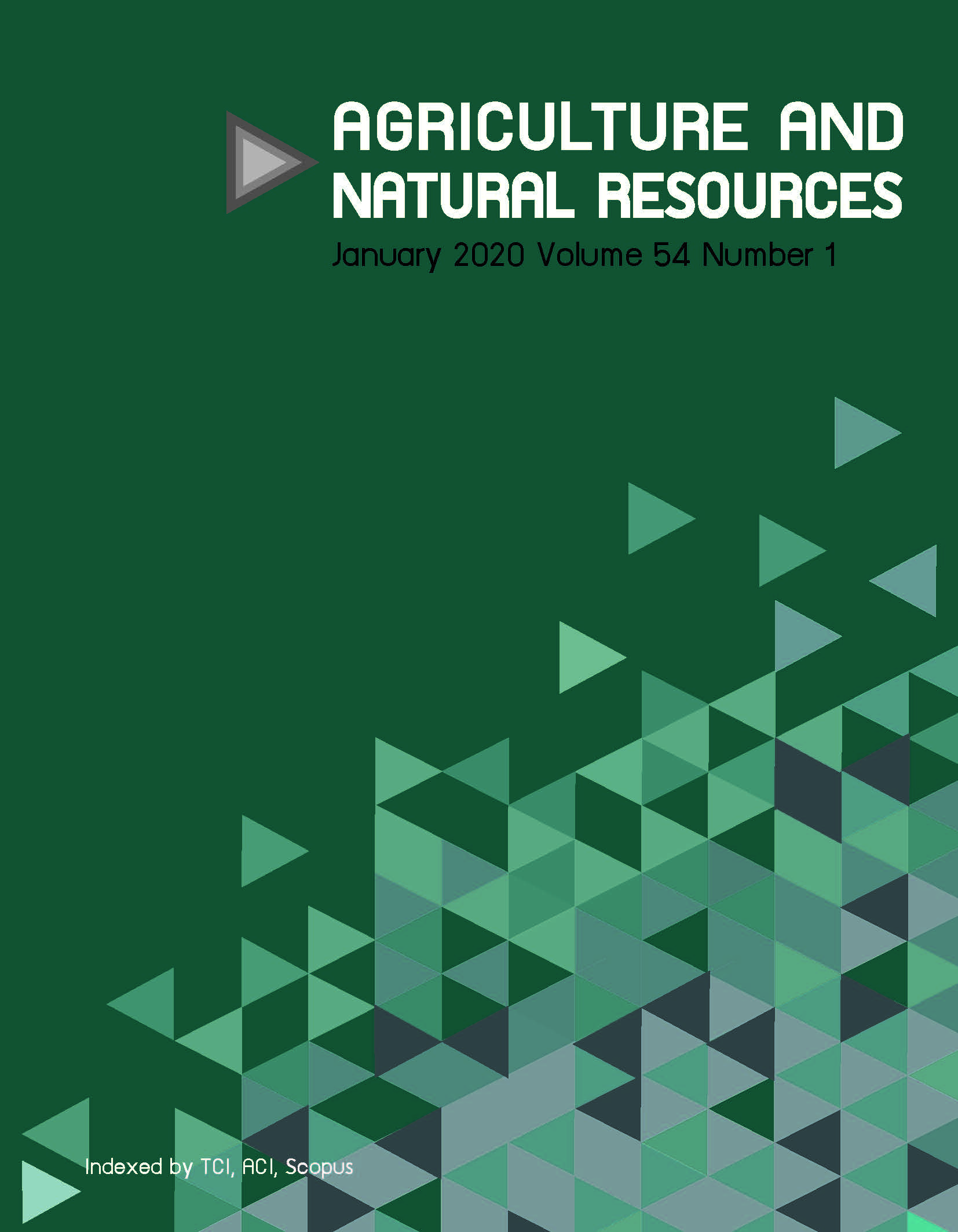Contribution of organic inputs to maize productivity in the Eastern African region: A quantitative synthesis
Keywords:
Eastern African region, NP-fertilizer, Organic-inputs, Site productivity, Soil typeAbstract
Organic-inputs are largely viewed as a tool for improving soil fertility in low-input cropping systems, particularly in the Eastern African region (EAR). However, crop yield responses to organic-inputs are often highly variable; hence comprehensive information is crucial to support evidence-based input management decisions. Quantitative synthesis was conducted based on 330 paired-observations (derived from 33 papers representing 177 field trials from the EAR) to quantify how maize yield responds to sole-organic and combined (Org + NP) input additions across various moderating factors. On average, the overall yield increase relative to the unfertilized control was 103 ± 10% (95% confidence interval; CI) with sole-organic and 144 ± 12% (95% CI) with Org + NP addition. Sole-organic and Org + NP were significantly dependent on the soil type and organic-type categories with yield increases of 55–190% and 78–222%, respectively. Conversely, both input effects were not significantly influenced by the application rate or rainfall categories, yet only Org + NP effect was influenced by the site-productivity. Across the categorical factors, the highest yield difference was in Nitisols (2.2 ± 0.2 t/ha (95% CI) and the lowest in Andosols (1.1 ± 0.4 t/ha (95% CI). Sole-organic effects appeared to be comparable with Org + NP particularly for high-productivity sites, Andosols and high organic-input conditions. Generally, despite variations in the magnitude of yield benefits with soil-climate conditions, combined use stands
out as a potential management strategy to improve productivity; while sole-organic inputs could be an alternative approach for resource-poor farmers with relatively infertile soils.
Downloads
Published
How to Cite
Issue
Section
License
Copyright (c) 2020 Kasetsart University

This work is licensed under a Creative Commons Attribution-NonCommercial-NoDerivatives 4.0 International License.
online 2452-316X print 2468-1458/Copyright © 2022. This is an open access article under the CC BY-NC-ND license (http://creativecommons.org/licenses/by-nc-nd/4.0/),
production and hosting by Kasetsart University of Research and Development Institute on behalf of Kasetsart University.







